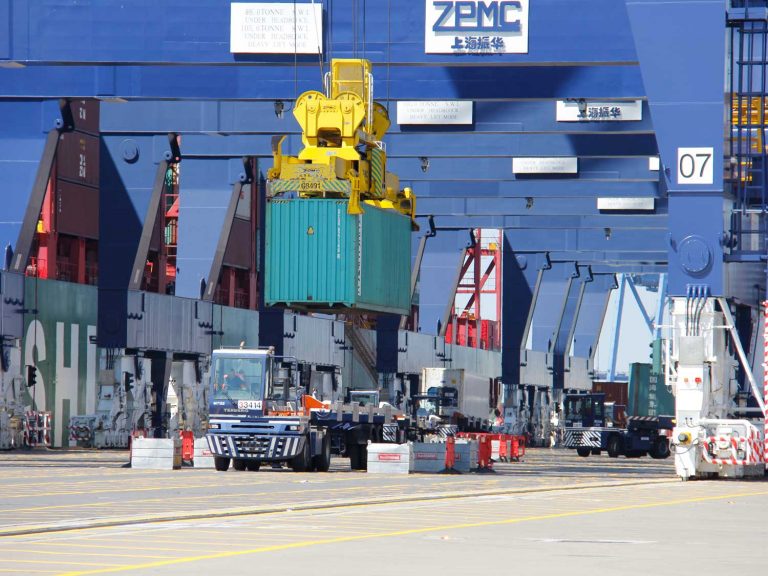
Date:
Two thousand dollars penalty for container weight mis-declaration
The accurate weighing of a container is a legal requirement, that is critical for safe handling and correct vessel stowage, to avoid stability-related issues which may contribute to capsizing or sinking of the ship, with severe penalties for non-compliance.
The Verified Gross Mass (VGM) declaration was introduced by the International Maritime Organization (IMO) six years ago to safeguard port workers, increase the safety of container vessels, improve vessel stability and prevent the collapsing of container stacks.
With the SOLAS (Safety of Life at Sea) amendment, a packed container will not be loaded on board vessels unless its VGM – the combined weight of the container tare weight and weight of all cargo, including all packaging and dunnage – has been provided by the shipper to the ocean carriers and/or port terminal representatives prior to the load list cut-off date.
The shipper, is responsible for providing the VGM of the packed container. It is critical that this information is accurate and provided prompt as port terminals follow the “NO VGM – NO GATE IN” policy and additional charges will be incurred for the time spent awaiting submission of VGM.
There are two permissible weighing methods: (1) The first requires weighing the container after it has been packed, using approved weigh-bridge or similar equipment; (2) while the second requires the weighing of all the cargo and contents of the container and adding those weights to the container’s tare weight as indicated on the door end of the container.
Estimating the weight is not permitted.
The shippers’ VGM declarations should confirm that the determination of the weight of the cargo container is true and correct and in accordance with SOLAS regulations Article VI 2.4.2. and typically include the following information:
– VGM declared
– Weighing Method
– Container number
– Booking or B/L number
– Signatory
– Date
Regulatory bodies conduct random checks and impose fines in case of violations and shipping lines apply fines up to $2,000 for reporting an incorrect VGM, including:
– Discrepancy between VGM and weight declared
– Declared VGM exceeds Max Gross Weight of the container
– Declared VGM is less than Tare Weight of the container
So now not only is there a moral obligation to get declared container weights correct, but also a financial penalty for those that are incorrect, whether by design or due to an error.
Please reinforce with all of your supply chain partners and vendors/ suppliers and export teams to ensure that issues are avoided in the VGM declaration, as this will also undoubtedly have an impact, causing delays of movements and potential storage as a consequence. It is really very serious.
Our sea freight team simplify VGM compliance for our customers, helping them determine and record accurate weights, in accordance with SOLAS requirements.
We also have a network of accredited weigh-stations, when customers would prefer for us to submit VGM to the carrier and terminal on their behalf.
For more information on our VGM solutions, please get in touch with Emma Hulbert, Senior Import Commercial Manager, or Andy Smith, Sea Freight Director. They can advise and recommend the best solutions for compliant FCL exports/imports.
